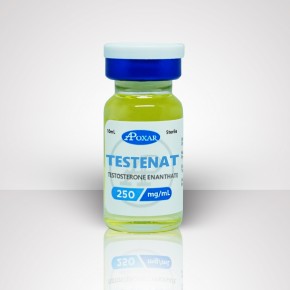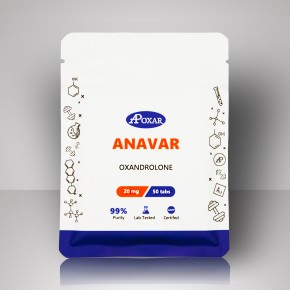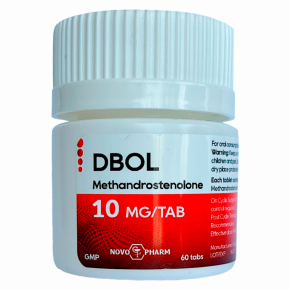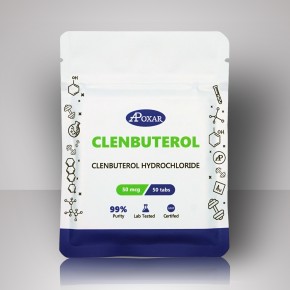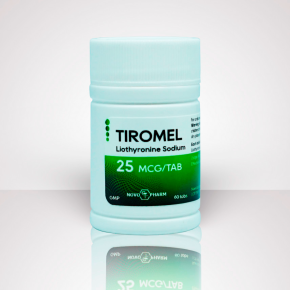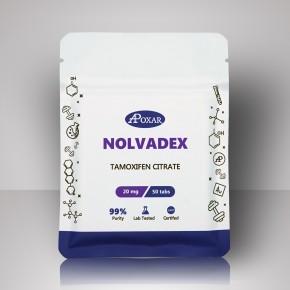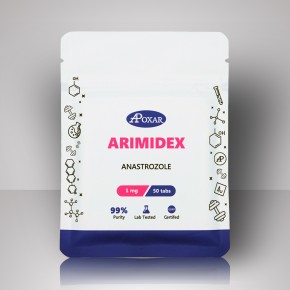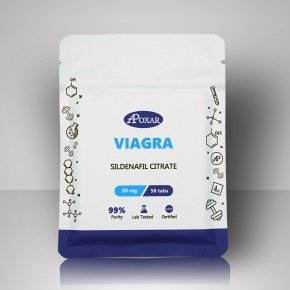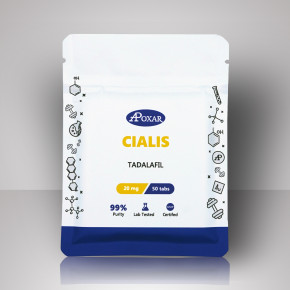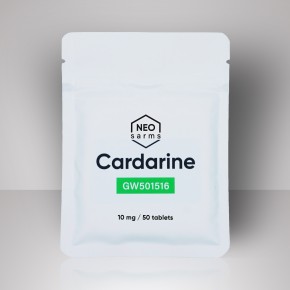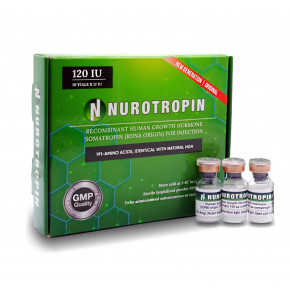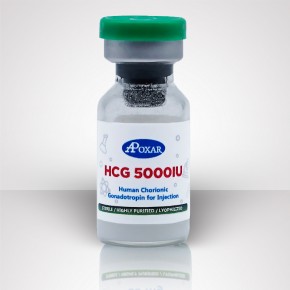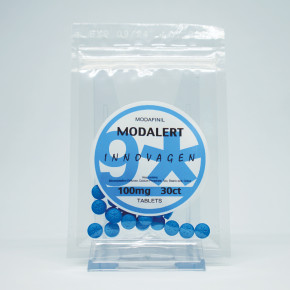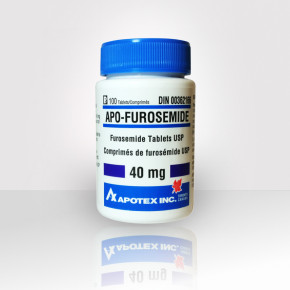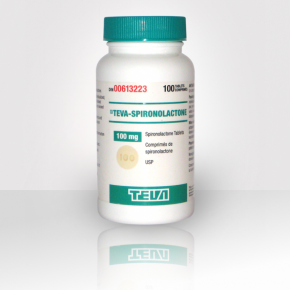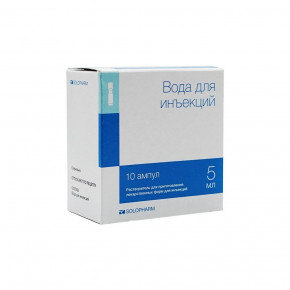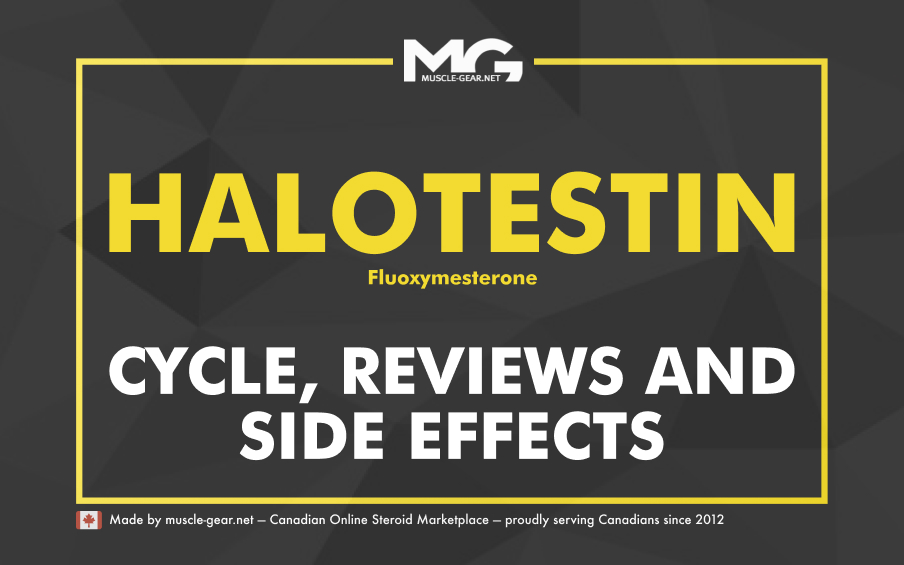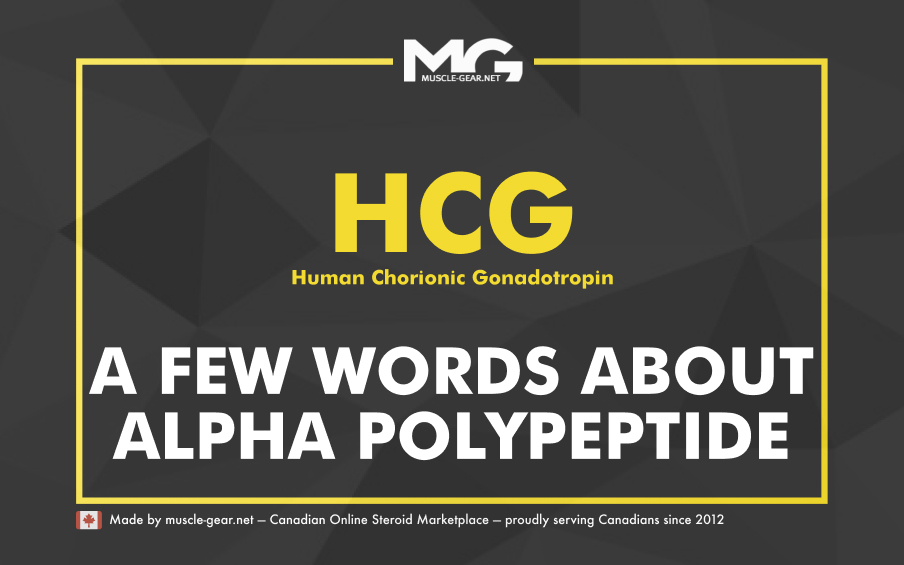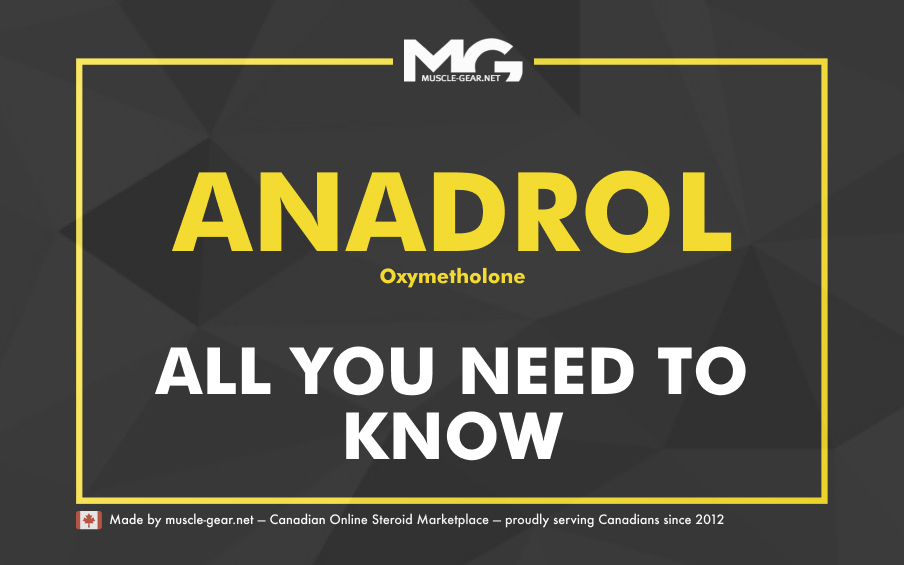Halotestin is not a bodybuilder's steroid. It's a nuclear option for competitive athletes in sports that require strength and lower weights. Here's all you need to know about it.
Halo History
Fluoxymesterone (aka Halotestin or Halo) was first described in 1956. It was tested the same year and it showed anabolic activity by 20 times more than methyltestosterone. It came to the American market entitled Halotestin (from the Upjohn company) and Ultradren (from the Ciba company).
The oral compound was originally described as halogen derivative of testosterone which had 5 times bigger potential than methyltestosterone.
Chemical structure
Halotestin’s chemical structure is related to methyltestosterone, but is more powerful approximately by five times. Fluoxymesterone is a chemically modified testosterone in three positions: 9-flyuorogroup, 11-beta-hydroxygroup, 17- alpha-methyl group.
Characteristics
The characteristics of Halotestin are one hell of a sight. Just look at the numbers:
- Anabolic activity is 1900% of testosterone;
- Androgenic activity is 850% of testosterone (extremely high);
- Aromatization (conversion into estrogen) is absent;
- Repression of the hypothalamus-hypophysis-testis axis is expressed;
- Toxicity for the liver is very high;
- Duration of effect is 6-9 hours;
- Detection time is 2 months (1).
In other words, it's a pill that is more powerful than Tren, with unbelievable anabolic properties and just as unbelievable androgenic side effects. Halo is not considered a common compound nowadays for a reason: its customer base is small, most people have enough common sense and survival instinct to avoid it. For those who dare to take it, though, Halo has all sorts of effects.
Halotestin Effects

Halotestin effects are perfect for athletes that need the increase in strength and overall physical capabilities with no weight gains. Despite the insane anabolic properties, Halo causes mild muscle growth.
Even though it's not a typical bodybuilder's dream, for some athletes — it's a win-win. Grapplers and boxers can get a boost without leaving their weight category, and runners can get an endurance boost and keep their speed high.
The list of effects you can get from Halotestin includes:
- Increase of aggression;
- Increase of hardness and relief of muscles;
- Slight increase of muscle mass is possible (with prolonged use, which is not recommended);
- Stimulation of hemoglobin synthesis (increase of endurance). Fluoxymesterone increases oxygen blood mass. In other words, the body produces more erythrocytes and more oxygen is supplied to your muscles. Productivity is increased, and acidification is reduced;
As a bonus effet, you can get a moderate reduction of depot fat. Halotestin forwards the oxidation of fatty acids in the "fast" muscle fibers. However, cutting is never tthe main purpose of Halotestin cycle because of its high liver toxicity.
Halotestin Side Effects

First of all, the steroid is toxic for the liver. It's oral, it's 17-alpha-alkylated, so your liver gets damaged. Keep your diet on point, avoid overpressuring your digestive system with junk food and alcohol, and take hepatoprotectors.
Now, given the crazy 850% andrognicity — you can surely expect to get the whole spectrum of androgenic side effects from a Halo cycle:
- Acne;
- Oily skin;
- Sweating;
- Mood swings;
- Aggression (Halo is famous for causing roid rage even in the calmest athletes);
- Depression (or the sense of constant agitation and high irritability);
- Crazy pumps, to the point that you don't really enjoy them).
If it's on the androgenic side effects list — Halo can give it to you. That's the price of 1900% anabolic activity of Testosterone (keep in mind that it's even higher on that scale than Trenbolone).
By the way, it's suppresive as hell: you'll need HCG on cycle and PCT afterwards. Halotestin is proven to be more than damaging for your natural testosterone production (2).
Halo Dosage
Dosage: 10mg to 40mg
Frequency of doses: every day
Nowadays, to keep it honest, Fluoxymesterone cycle is a rarity. An optimal dosage of the steroid is 10 milligrams per day, while the limit is 20 milligrams for beginners. Halotestin is appropriately used for short-term increase of aggression and power-speed indexes. If you have an MMA fight scheduled for the next month — Halo is exactly what you need to turn yourself into a berserker.
Halotestin Cycle

It is used at a dose of 10-40mg per day in courses of 6-8 weeks for sport purposes in order to avoid negative after-effects on the liver. Due to its ability to increase strength without increasing weight, it is popular among wrestlers, powerlifters, boxers, etc.
Fluoxymesterone also helps bodybuilders to burn the remains of fat during the cutting phase. It is combined with nandrolone or boldenone for weight gain; and it is combined with primobolan in precompetitive preparation. It can be also combined with testosterone enanthate (400mg per week) to increase weight.
Join Our Community
To stay informed and get the news first — subscribe to our Telegram chat. Ask the most experienced athletes anything and get professional advice. The support team works 24/7 so you can get info on your order instantly.
References
- Testing for fluoxymesterone (Halotestin®) administration to man: Identification of urinary metabolites by gas chromatography-mass spectrometry — sciencedirect.com/science/article/abs/pii/002247319090185U
- The effects of fluoxymesterone administration on testicular function — https://pubmed.ncbi.nlm.nih.gov/137913/

 Trusted by 50,000 Customers
Trusted by 50,000 Customers